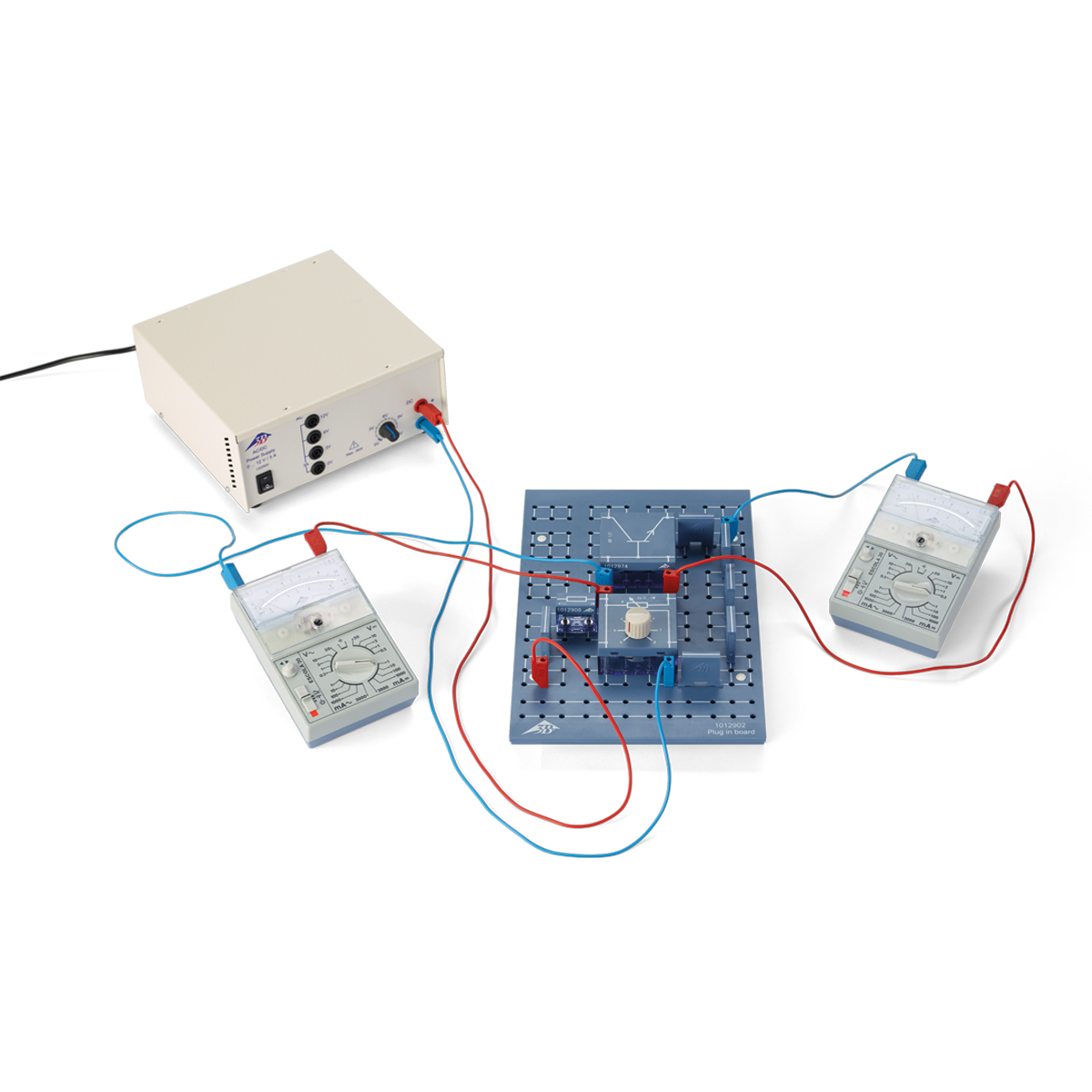
However, the JFET still had issues affecting junction transistors in general. Following Shockley's theoretical treatment on the JFET in 1952, a working practical JFET was built by George C. The static induction transistor (SIT), a type of JFET with a short channel, was invented by Japanese engineers Jun-ichi Nishizawa and Y. A JFET was first patented by Heinrich Welker in 1945. The first FET device to be successfully built was the junction field-effect transistor (JFET). In the course of trying to understand the mysterious reasons behind their failure to build a working FET, it led to Bardeen and Brattain instead inventing the point-contact transistor in 1947, which was followed by Shockley's bipolar junction transistor in 1948. Shockley initially attempted to build a working FET by trying to modulate the conductivity of a semiconductor, but was unsuccessful, mainly due to problems with the surface states, the dangling bond, and the germanium and copper compound materials. The transistor effect was later observed and explained by John Bardeen and Walter Houser Brattain while working under William Shockley at Bell Labs in 1947, shortly after the 17-year patent expired. The concept of a field-effect transistor (FET) was first patented by the Austro-Hungarian born physicist Julius Edgar Lilienfeld in 1925 and by Oskar Heil in 1934, but they were unable to build a working practical semiconducting device based on the concept. The most widely used field-effect transistor is the MOSFET (metal–oxide–semiconductor field-effect transistor).įurther information: History of the transistor Julius Edgar Lilienfeld proposed the concept of a field-effect transistor in 1925. Field effect transistors generally display very high input impedance at low frequencies. Many different types of field effect transistors exist. That is, FETs use either electrons (n-channel) or holes (p-channel) as charge carriers in their operation, but not both. FETs control the flow of current by the application of a voltage to the gate, which in turn alters the conductivity between the drain and source.įETs are also known as unipolar transistors since they involve single-carrier-type operation. FETs have three terminals: source, gate, and drain.

It comes in two types: junction-gate FET (JFET) and metal-oxide-semiconductor FET (MOSFET). The field-effect transistor ( FET) is a type of transistor that uses an electric field to control the flow of current in a semiconductor.

Type of transistor Cross-sectional view of a field-effect transistor, showing source, gate and drain terminals


 0 kommentar(er)
0 kommentar(er)
